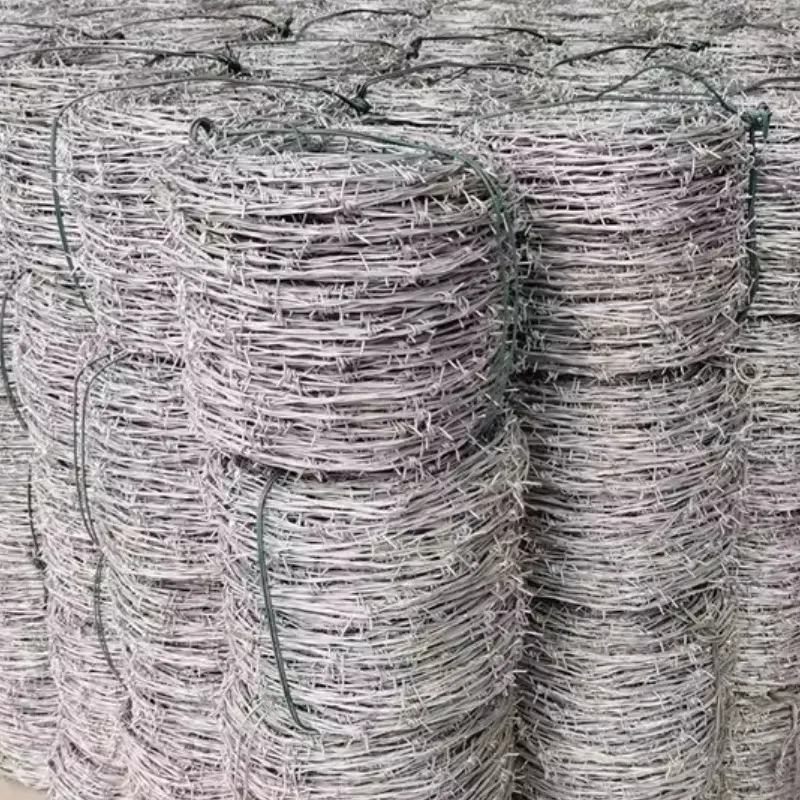-
 Phone:
Phone: -
 Email:
Email:

Exploring the Benefits and Applications of Bailing Wires in Various Industries
Bailing Wires An Essential Tool in Modern Industries
Bailing wires are a ubiquitous yet often overlooked component in various industries, playing a vital role in packaging, agriculture, and recycling. Made from materials such as steel and aluminum, these wires are designed to effectively bind and secure items together for transportation and storage. In this article, we will explore the significance of bailing wires, their common applications, and the reasons for their continued relevance in today’s manufacturing and logistics processes.
At its core, bailing wire serves a simple yet crucial function—binding and securing materials. In the packaging industry, bailing wires are instrumental in keeping products organized while in transit. For instance, they are commonly used to bundle boxes, pallets, and other goods to prevent shifting during transportation. This not only ensures that products arrive safely at their destination but also maximizes efficiency by minimizing the space required for shipping.
In agriculture, bailing wires are especially important for securing hay bales. Farmers rely on these wires to keep bales tightly bound, which is essential for maintaining their shape and preventing spoilage. With the increasing demands for agricultural productivity, the durable and reliable nature of bailing wires has made them a staple in the farming community. They enable farmers to transport their goods more efficiently, reducing waste and ensuring that high-quality products reach the market.
bailing wires

The recycling industry also heavily relies on bailing wires. In a world increasingly focused on sustainability, effective waste management practices have become paramount. Bailing wires are used to compress recyclable materials such as cardboard, plastic, and metal into manageable bales. This compression not only saves space in recycling facilities but also makes transportation easier and more cost-effective. By facilitating the sorting and recycling processes, bailing wires contribute to a more sustainable future by promoting the reuse of materials.
Furthermore, the versatility of bailing wires cannot be overstated. They come in various gauges and lengths, allowing businesses to select the right type of wire for their specific needs. The selection process considers factors such as the weight of the items being bound, the environmental conditions during transport, and the type of material being used. This adaptability makes bailing wires suitable for a range of applications, from heavy industrial uses to light packaging.
As industries evolve and embrace more innovative methods of operation, bailing wires continue to adapt to these changes. Emerging technologies have led to the development of enhanced bailing wire options, including coated and treated wires that provide additional durability and resistance to corrosion. These advancements further bolster the effectiveness of bailing wires in harsh conditions, ensuring that they remain relevant in an ever-changing industrial landscape.
In conclusion, bailing wires represent a fundamental yet powerful tool across various sectors. From agriculture to packaging and recycling, their role in binding and securing materials cannot be understated. As businesses prioritize efficiency, sustainability, and cost-effectiveness, the demand for high-quality bailing wires is likely to grow. By facilitating the safe transportation and effective handling of materials, bailing wires will continue to play an indispensable role in modern industries for years to come. Their evolution and adaptability signify not only their importance but also the necessity of embracing traditional tools in a rapidly advancing world.
-
Wire Mesh for Every Need: A Practical SolutionNewsJul.25,2025
-
Steel Fences: Durable, Secure, and Stylish OptionsNewsJul.25,2025
-
Roll Top Fencing: A Smart Solution for Safety and SecurityNewsJul.25,2025
-
Cattle Farm Fencing Solutions for Maximum SecurityNewsJul.25,2025
-
Affordable Iron Binding Wire SolutionsNewsJul.25,2025
-
Affordable Galvanized Wire SolutionsNewsJul.25,2025
-
Wire Hanger Recycling IdeasNewsJul.25,2025








